Description
Pour que vos enfants ne connaissent plus les horreurs de la g by Georges Redon printed on a T-Shirt
About the T-Shirt
Regular fit
Standard length, the fabric easily gives into movement
Casual wear
A classic, everyday option loved by our customers
Side-seamed
Constructed by sewing two parts together, creating a fitted look
The Unisex Staple T-Shirt feels soft and light with just the right amount of stretch. It’s comfortable and flattering for all. We can’t compliment this shirt enough–it’s one of our crowd favorites, and it’s sure to be your next favorite too!
- Solid colors are 100% Airlume combed and ring-spun cotton
- Ash color is 99% combed and ring-spun cotton, 1% polyester
- Heather colors are 52% combed and ring-spun cotton, 48% polyester
- Athletic and Black Heather are 90% combed and ring-spun cotton, 10% polyester
- Heather Prism colors are 99% combed and ring-spun cotton, 1% polyester
- Fabric weight: 4.2 oz./yd.² (142 g/m²)
- Pre-shrunk fabric
- 30 singles
- Side-seamed construction
- Tear-away label
- Shoulder-to-shoulder taping
- Blank product sourced from Nicaragua, Mexico, Honduras, or the US
Georges Redon (1869-1943)
Jules Georges Redon was born in Paris on November 16, 1869 and died in the same city on January 22, 1943. He was a French painter, illustrator, caricaturist, poster artist, engraver and lithographer.
Jules Georges Redon was the son of Marie-Louise Hauneau and Victor Louis Redon.
Although born on rue d’Hauteville in Paris, Georges was a child of Montmartre, a neighborhood to which he remained loyal throughout his life. After his military service, he began drawing in 1893 for news and humor magazines. In L’Univers illustré, he painted carnival parades. He also contributed to L’Illustration, Le Journal pour tous, Le Petit Parisien illustré, Le Rire and Le Courrier français. The English satirical periodical The Graphic commissions his work. Schwarz, founder of L’Assiette au beurre, made him one of his most loyal contributors (1901-1905).
From 1897 onwards, he produced advertising posters in the Art Nouveau style, opening his own lithographic studio at 80, rue Caulaincourt. He also worked with Établissements Minot for the printing of his proofs, and for Chaix (via Jules Chéret).
A close friend of Montmartre’s nightlife, he decorated numerous cabarets and restaurants, including the Foyot restaurant, the Café de Paris and L’Abbaye de Thélème (place Pigalle). Between 1900 and 1914, he also produced advertising fans for these and other establishments (such as Café Riche, Claridge and London’s Carlton).
Redon’s engravings and paintings were exhibited regularly: at the Salon des artistes français, at the Société nationale des beaux-arts, at the Salon d’automne – of which he was the founding secretary – and at the Salon des peintres lithographes in 1909 and 1913, where two of his works were acquired by the State. In 1907, he was one of 22 artists brought together by Félix Juven to compose the first Salon des humoristes.
During the First World War, he was mobilized throughout the conflict as a non-commissioned officer, working in the camouflage section workshop, while continuing his work as a draughtsman.
After the war, Redon illustrated books for young people, while producing a number of posters inspired by the theme of childhood. At this time, he lived at 5, rue Bourdaloue.
He married Marie-Eugénie Chapuis in 1910.
In September 1939, he was named Chevalier de la Légion d’Honneur, under the patronage of Jean Villemot. When the Second World War broke out, he decided to leave Paris for Oinville-sur-Montcient.
Georges Redon died in Paris on January 22, 1943.

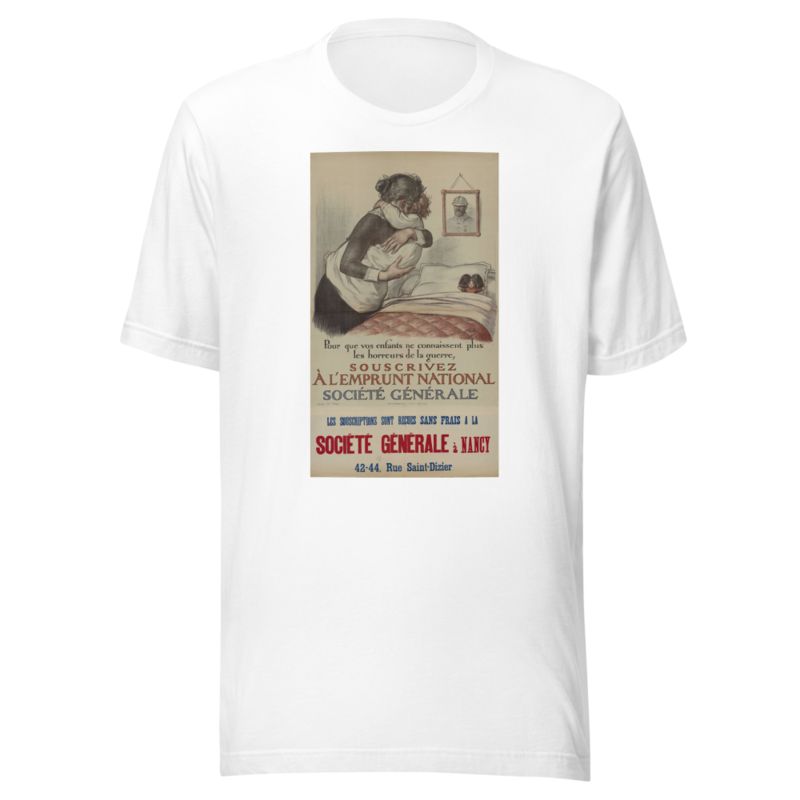
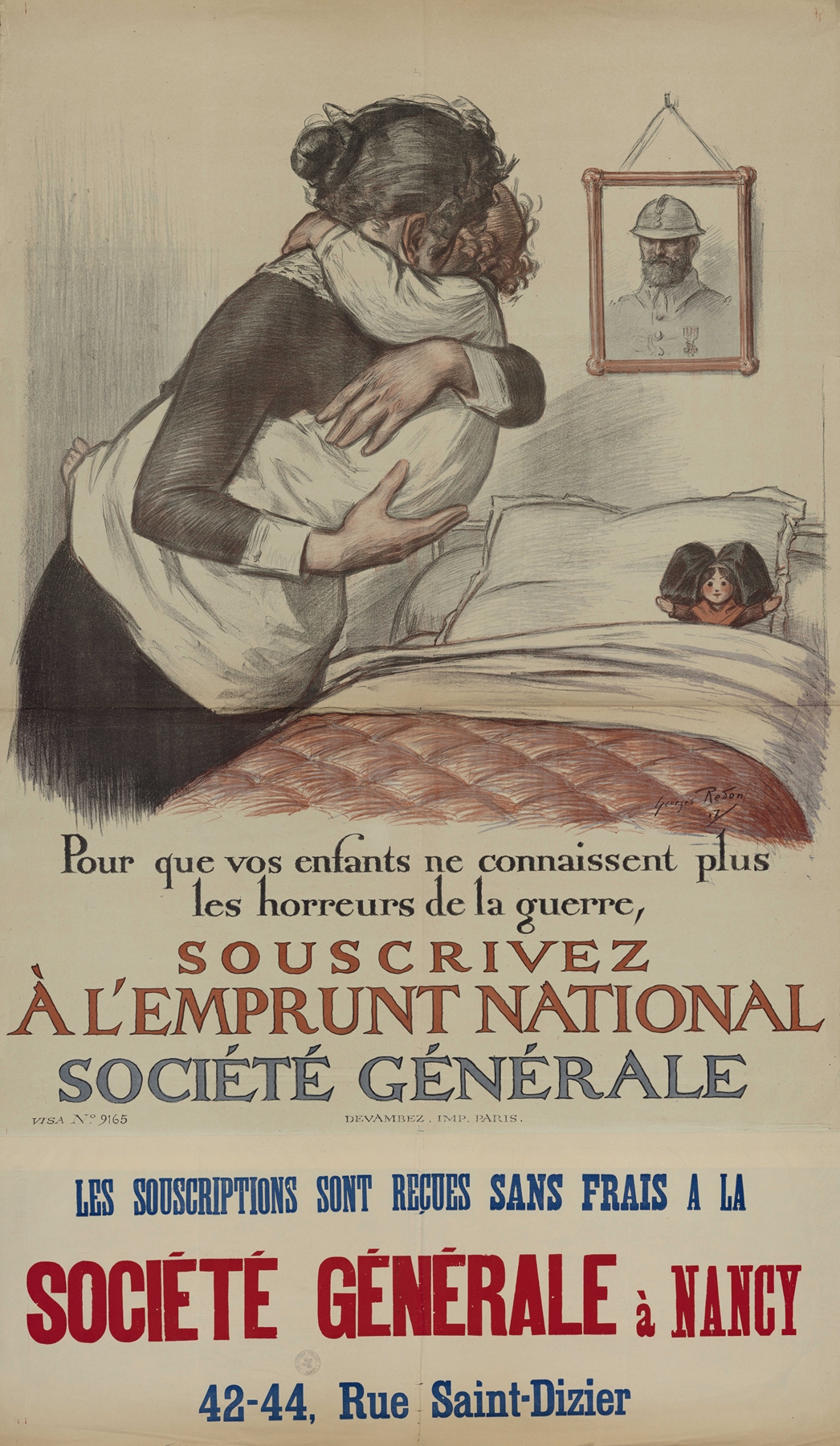
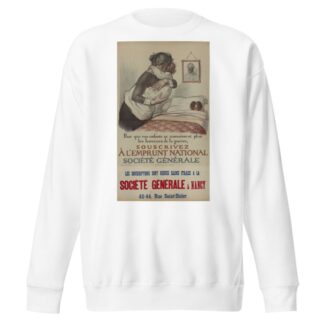
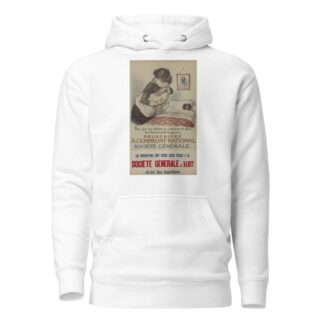
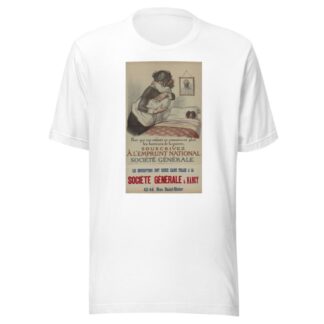
Reviews
There are no reviews yet.